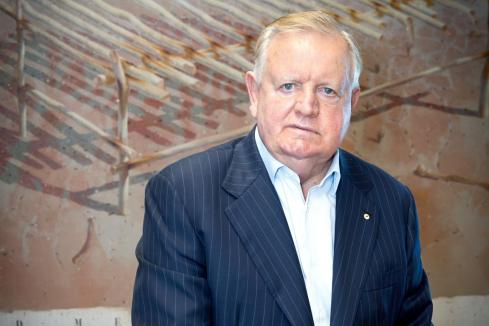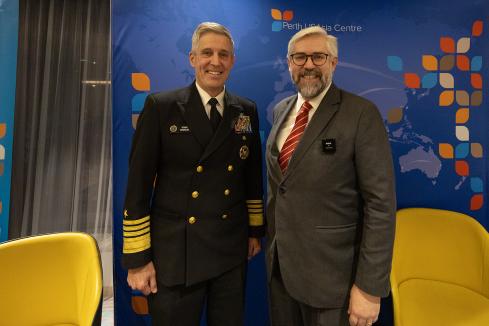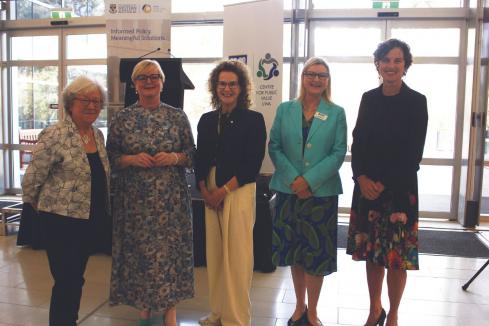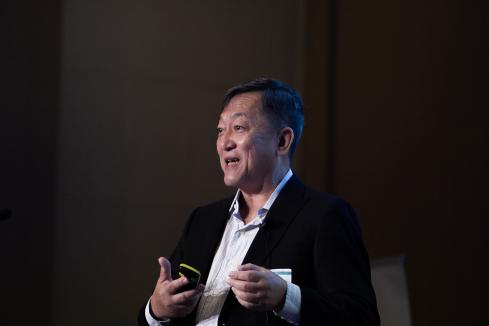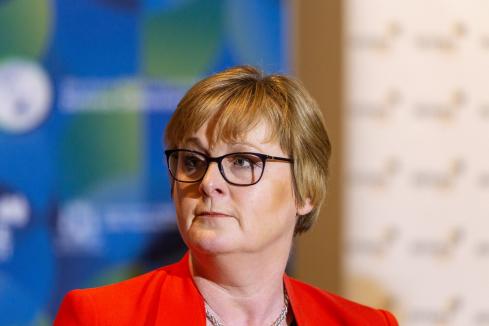A Perth-based business that merges computer simulation with live battlefields has partnered with some big international platers in the defence space

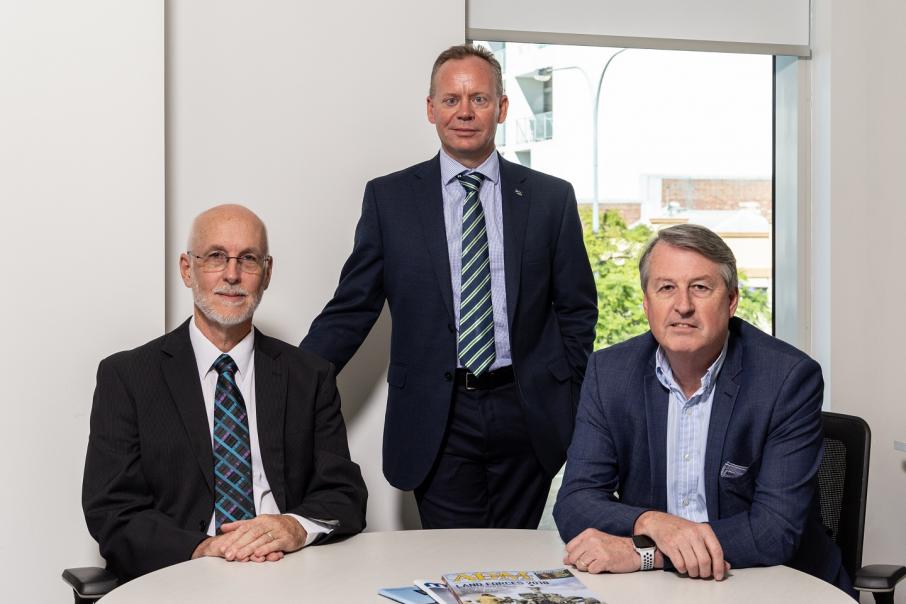
Perth business Calytrix Technologies will play a major role in Australia’s future military training capability after securing an $890 million defence contract in March.
Calytrix was awarded the contract in partnership with Lockheed Martin and NEC Australia, and the three businesses will be rolling out a program that combines real world exercises with simulated forces, called the JP9711.
An example of the technology would involve a fleet of real ships, with real personnel, being attacked by a simulated submarine and reacting to the threat, according to Calytrix chair Greg Kerr.
“You can have real forces and synthetic forces combined and you can have troops in the field attacked by non-existent airplanes or missiles,” Mr Kerr said.
“Think of a commander directing forces on a computer screen, some of which are real people while others are just computer generated.
“Then have a real F18 fly over and fire a computer generated missile.
“How do the commander and the real forces react?”
He said the technology provided a much simpler and more cost effective way to train troops, which could be run much more frequently than real exercises.
Calytrix director Greg Riebe, who co-founded the Perth Angels investor network, said Lockheed had been the preferred prime contractor, but he was grateful it had sought to include an Australian partner.
“Lockheed have done the right thing in trying to deliver Australian capability as well, they’ve bought us into the tent, which is fantastic,” Mr Riebe told Business News.
Mr Kerr said Calytrix had also been the provider for the JP9711’s predecessor since 2006.
Defence Industry Minister Linda Reynolds said it was important simulated training was undertaken in secure and realistic environments.
“We want our soldiers, sailors and aircrew to be fully prepared for any situation they may face,” Senator Reynolds said.
“Simulation is a vital part of that preparation, and provides training opportunities that are not always possible in real-world situations.”
Lockheed Martin Australia chief executive Vince Di Pietro said the rollout of new military assets such as the Aegis Combat System and F-35 jet would make the Australian Defence Force one of the most advanced in the world.
“JP9711 will transform the ADF’s approach to training and simulation, ensuring the latest technologies are used to best prepare our service personnel for the complexity and challenges of the future,” Mr Di Pietro said
The breakdown of contract value between NEC, Lockheed and Calytrix has not been revealed, although Mr Kerr said Calytrix would get a pretty decent chunk of it.
The company has global aspirations.
Calytrix has previously worked with the Austrian Army and is currently tendering on a project with the US government.
The company is also working with Gold Coast business Titan Integrated Military on Vanguard, a simulation engine that will be able to render the whole world and focus in on specific areas for operations.
An important part of building simulation software was that equipment needed to behave exactly as it would in the real environment, Mr Kerr said.
The business was co-founded in 2001 by Mark Rheinlander and Shawn Parr, who continues to serve as managing director, while other key contributors have included Steve Salmon, who heads the Gold Coast office, and Matt Moncrieff in Canberra.
Mr Kerr joined in 2004, while Mr Riebe has been involved since 2001, initially on behalf of a federal government-backed technology fund.
Although Calytrix initially built software for creating simulations, Mr Kerr said the business had gradually broadened its focus.
“We made some great products but we kept getting asked to come in for support; services ended up becoming a bigger part of our offering,” he said.
That meant growing staff, with about 60 now working for Calytrix worldwide, mostly in Perth, Canberra, and Orlando in Florida.
Many shareholders had been onboard for the long term.
“We’ve got some mum and pops, family and friends, former employees,” Mr Kerr said.
“We don’t have any institutional investors.”
Mr Kerr and Mr Riebe are also on the share registry.
Mr Kerr said he preferred the institution-free approach because investors had taken a long-term view, with those patient supporters likely to be rewarded with a stock market listing in the next five years.









